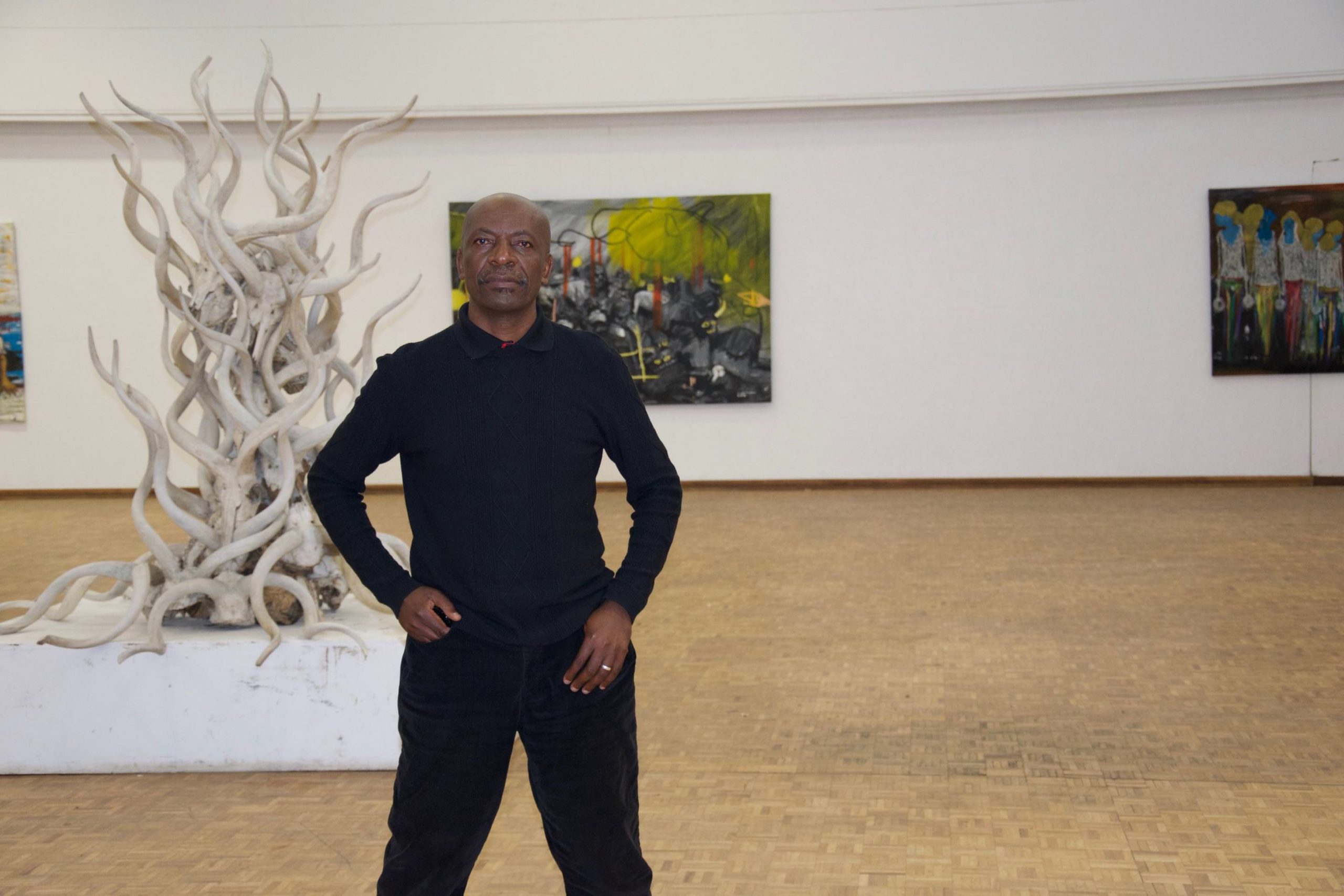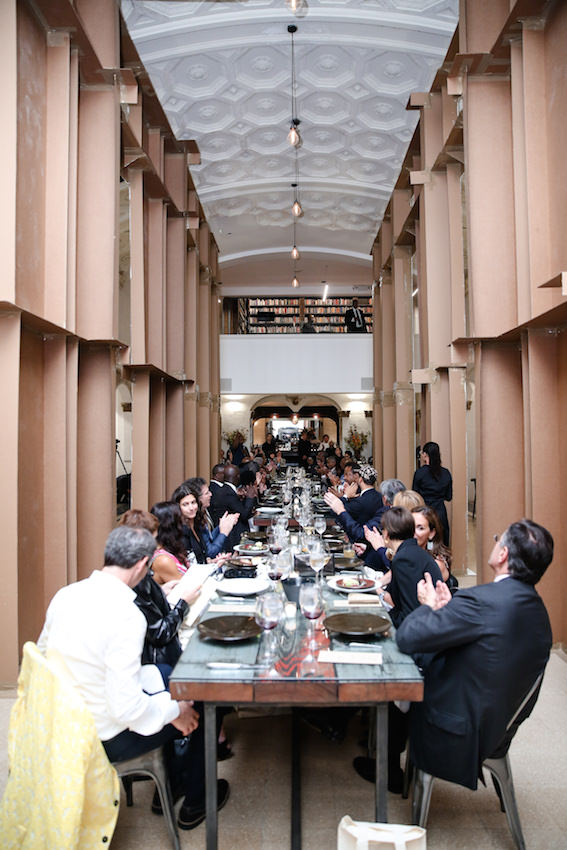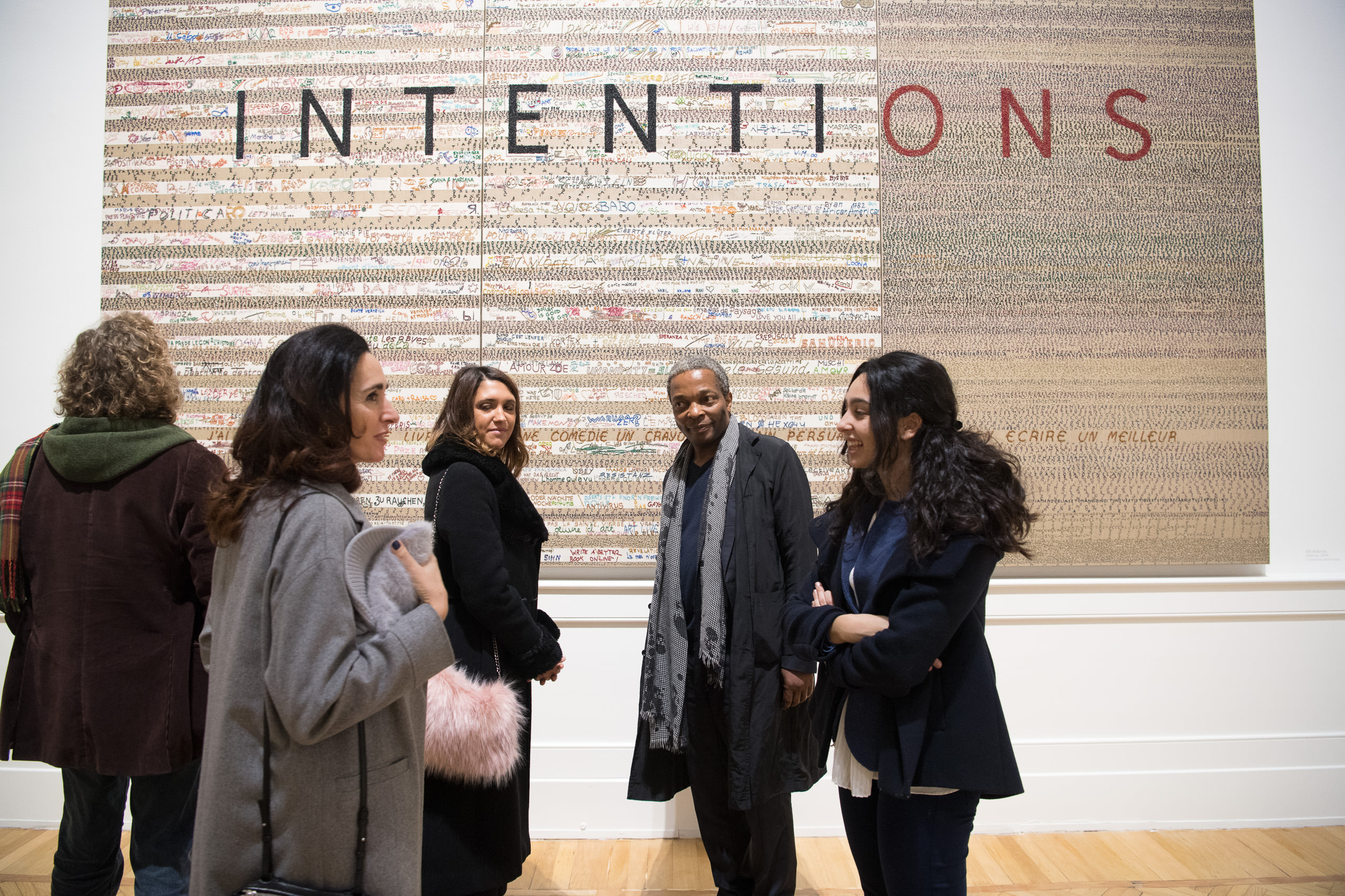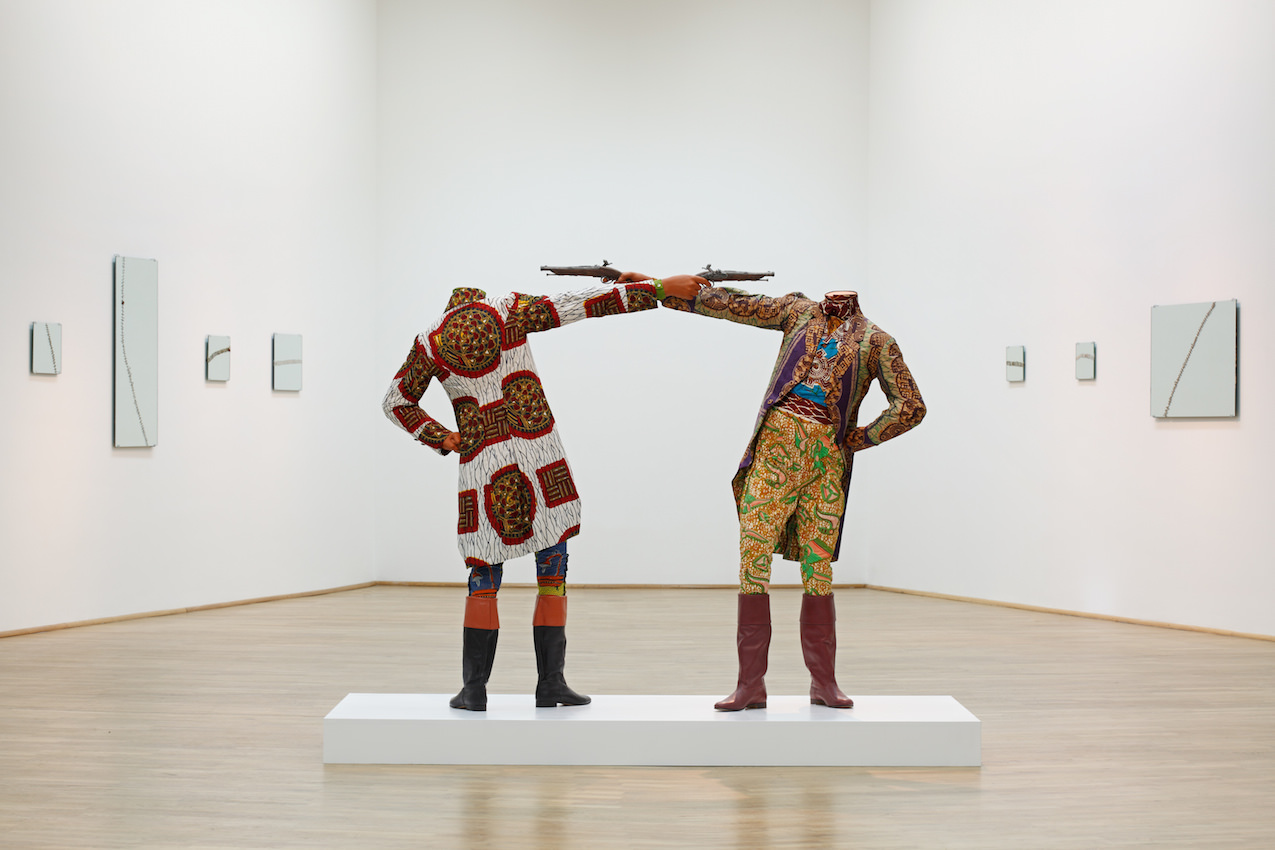Over twenty years ago, Raphael Chikukwa got his first taste for curating contemporary art. He was volunteering for the 2nd Johannesburg Biennale with Okwui Enwezor.
Now the deputy director and chief curator of the National Gallery of Zimbabwe, Chikukwa has been behind the past four Zimbabwe Pavilions in Venice and is currently working on plans for the 58th edition. Whitewall spoke with him about his efforts to transform the contemporary art landscape of Zimbabwe and about the impact of introducing Zimbabwean artists to an international audience.
WHITEWALL: Prior to joining the National Gallery of Zimbabwe in 2010, you were an independent curator. What drove you to pursue a career as a curator?
RAPHAEL CHIKUKWA: I was very fortunate to work as a volunteer for the 2nd Johannesburg Biennale that was curated by Okwui Enwezor. Interacting with artists like David Koloane, Bongi Dhlomo, Lorna Furguson, and Kay Hassan, plus many other guest curators, inspired me. I also have a great respect for Yacouba Konaté, who is a curator from Ivory Coast. I am inspired by his vision to grow the curatorial practice in Africa together with Simon Njami.
The 2nd Johannesburg Biennale was like a free university to me; it opened me up to the global art scene. After that I returned to Zimbabwe, where I started working as an independent curator. I curated many exhibitions for Harare International Festival of the Arts at the National Gallery of Zimbabwe, “Visions of Zimbabwe” at the Manchester City Art Gallery in 2004, and received my MA Curating Contemporary Design at Kingston University in London.
WW: How would you describe your role as chief curator of the National Gallery in Zimbabwe?
RC: Being the chief curator of the National Gallery of Zimbabwe is no easy role, but I do enjoy my work as it involves working with creative people from around the world. My role is to organize exhibitions for the gallery both in and outside Zimbabwe. I also work as the deputy director, overseeing other regional galleries in Bulawayo and Mutare. I look for resources, which is not easy, but it’s part of the job.
WW: How, within that role, are you working to change the landscape of visual arts in Zimbabwe?
RC: Changing the visual art landscape in Zimbabwe is what one hopes to do, and so far I can say we are contributing to the ever-changing visual art landscape of Zimbabwe. Remember, there are those that came before us who contributed immensely to the visual arts landscape of this country. Here I am thinking of Frank McEwen and Cyril Rogers.
We continue to bring international exhibitions, artists, and curators to Zimbabwe. Some of the curators that have visited Zimbabwe with exhibitions include Bisi Silva, Christine Eyene, Simon Njami, Marianne Hultman, N’Goné Fall, Koyo Kouoh, Thembinkosi Goniwe, Tumelo Mosaka, Paul Goodwin, and Katrin Peters, to mention but a few. It remains our hope that the exposure for Zimbabwean artists to the visiting artists and curators will change the visual art landscape, plus international exhibitions like the Venice Biennale through the Zimbabwe Pavilion.
WW: You’ve curated the Zimbabwe pavilion for the 54th, 55th, 56th, and 57th Venice Biennale. What impact have you seen on the participating artists, after presenting on such an international stage?
RC: Since our first appearance at the Venice Biennale with the Zimbabwe Pavilion, I have seen many young artists getting signed to good galleries in South Africa, the U.S., and the U.K. Some of these artists include Gareth Nyandoro, Portia Zvavahera, Virginia Chihota, Mishack Masamvu, Michele Mathison, Admire Kamudzengerere, Dana Whabira, and Charles Bhebhe. The traffic for international artists and curators to Zimbabwe has increased, and it’s a good thing for the Zimbabwean art scene.
WW: Will you be involved in the 2019 pavilion? Can you share what’s planned for this year in Venice?
RC: The Zimbabwe Pavilion at the 2019 Venice Biennale will be represented by four artists: Georgina Maxim, Kudzanai-Violet Hwami, Cosmos Shiridzinomwa, and Neville Starling. Our Ministry of Youth, Sports, Arts and Recreation is fully behind this great project.
WW: Who are some of the emerging talents working in Zimbabwe at this moment that you’re excited about?
RC: Terrence Musekiwa, Wallen Mapondera, Anthony Bumhira, Doris Kamupira, Chrispen Mukononyanga, George Masarira, Lilian Mugodi, Tawanda Reza, Franklyn Dzingai, Janet Siringwane-Nyabeze, and Evans Matenga, to mention a few.
WW: What are you working on at the moment for 2019?
RC: In partnership with UNESCO, we are hosting a workshop for emerging curators in Southern Africa. In this workshop, notable African curators will share their experiences with emerging curators. In 2017 we hosted an International Conference on African Cultures, and we hope to host it again in 2020. The conference brings curators, museum directors, and artists from Africa and the rest of the world to share their experiences and to explore ways of collaboration within the sector.










